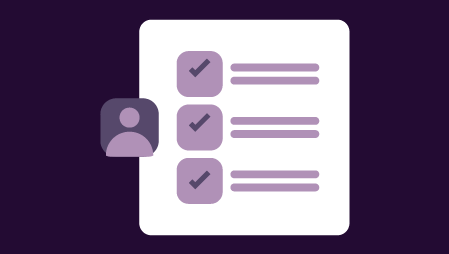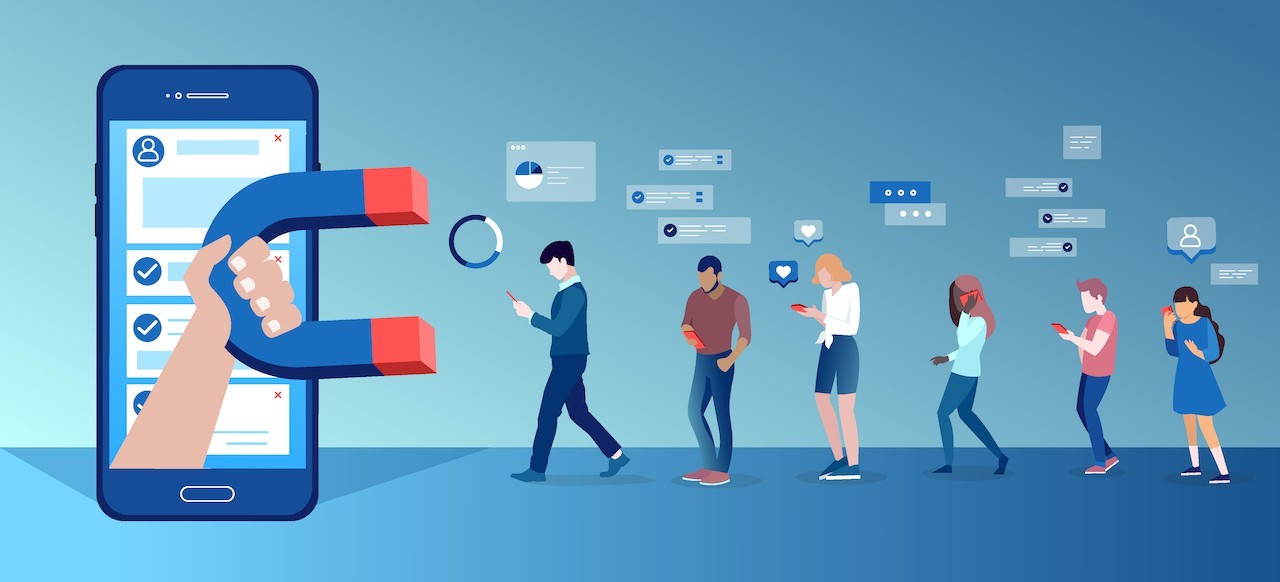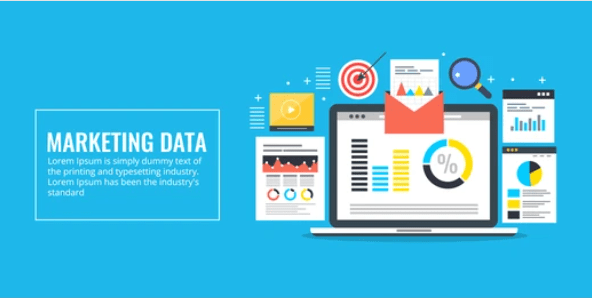Ready to learn Marketing & Customer Analytics Training? Browse courses like Increase Cross Selling and Upselling of Products and Services developed by industry thought leaders and Experfy in Harvard Innovation Lab.
Technology has a profound impact on the way customers interact with businesses. As a result, businesses provide customer service and user experience that align with emerging technology, changing customer service in the process.
The pathway to creating a business, especially online, is more accessible than ever. The digital age has led to an increase in competition, which means if a business provides subpar customer service, the competition is only a click away. Consequently, it’s essential for businesses to adapt to modern customer service that regards how both customers and technology are changing.
More Control to the Customer
A customer service experience that’s mostly a one-on-one phone conversation, with ample time required to enter customer information manually, feels antiquated. Instead, technology accommodates customer control, so there’s more transparency involved in the customer support process. When calling in via phone, a system can now automatically trace the phone number to a specific customer, so the customer does not have to spend additional time entering their phone number.
A strong example of the increasing regard for customer control is the rise in customer portals and self-help customer service. Especially for modern consumers — there’s a desire for customer service on their terms. The younger generation is particularly savvy with researching on their own, indicated by a 2015 State of Service report finding that 39 percent of millennials check a company FAQ first.
In response to these modern demands, self-service portals provide customers with everything they need for an effective customer support experience — details about their account, history, pending and completed case outcomes and various communication options. An extension of the self-service portal, a customer portal is custom-built for the user, with ample personalization in the ability to add tabs and conduct advanced searches.
Self-service and customer portals represent a shift in customer service that aligns with changing customers and technology, embracing self-service and transparency as a result. These portals are mutually beneficial, giving customers a more instantaneous and transparent approach to customer support while saving time and resources for the customer service team.
Catering to a Variety of Preferences
Many businesses have a fairly diverse demographic, spanning from millennials to seniors. It’s no secret that different generations prefer different modes of communication, so offering a variety of customer support options helps cater to the majority. A self-service portal online may be too difficult and unfamiliar for seniors to use, while restricting customer service to a phone hotline will feel outdated to millennials. As a result, businesses strive to offer a variety of methods for customer support. Offering both conventional phone-line support and a self-service portal means that a business can cater to all customers’ support preferences.
Also in catering to a wide range of preferences, businesses embrace consistent cross-channel customer support experiences. Businesses can incorporate customer support into their mobile apps, while also considering cloud-based customer relationship management solutions that combine with sales and marketing for ultimate customer engagement. In appealing to a wide variety of customer support preferences, businesses ensure that a contingent of customers do not feel left out during the pivotal process of customer support, in which the resulting experience can influence whether a consumer stays or moves onto the competition.
Chatbots Are Here to Stay
Upon visiting a website, you may notice a chat box appear in the bottom right of the page. This chat box is most often a chatbot, which can answer queries instantaneously while also pulling up relevant data to you or your query, based on data and artificial intelligence. Chatbots are on such a rise that Gartner believes chatbots will handle 85 percent of all customer interactions by 2020.
One big reason for the rising prevalence of chatbots is its immediacy. Consumers may opt to talk with a bot now instead of being put on hold to speak with someone over the phone. Additionally, many find “app fatigue” to be a real thing, with such an overabundance of apps that an additional customer support app can go overlooked. In this case, it’s tidier to use a chatbot located on the business’ website, instead of using some of your phone’s space for a customer support app. Plus, it’s much easier to develop an in-site chatbot compared to developing an app.
Addressing Issues Before They Occur
Increasing sophistication in technology and big data makes it easier than ever for businesses to address customer support issues before they even occur. By 2020, more than half of consumers perceive companies will foresee their needs and make appropriate suggestions before contact initiates.
Big data, Internet of Things (IoT) applications and self-service portals will make it easier than ever for businesses to anticipate their customer’s needs, alleviating a load of customer support agents while providing consumers an impressively instantaneous response to their queries.
Customers have changed, so technology is molding customer service into a more self-servicing, instantaneous and data-driven platform where consumers are more satisfied, while also reducing the load on a customer support team.



